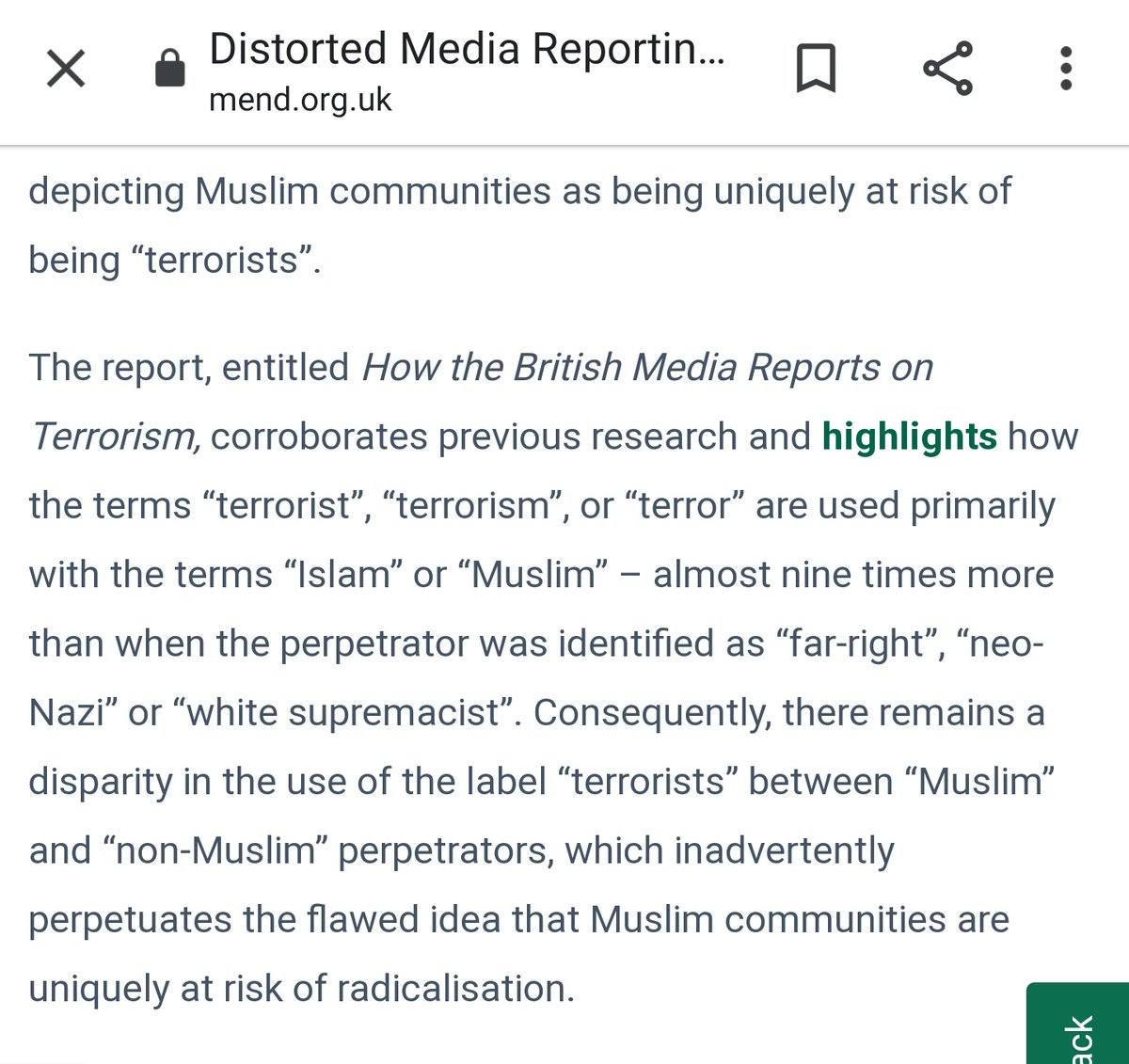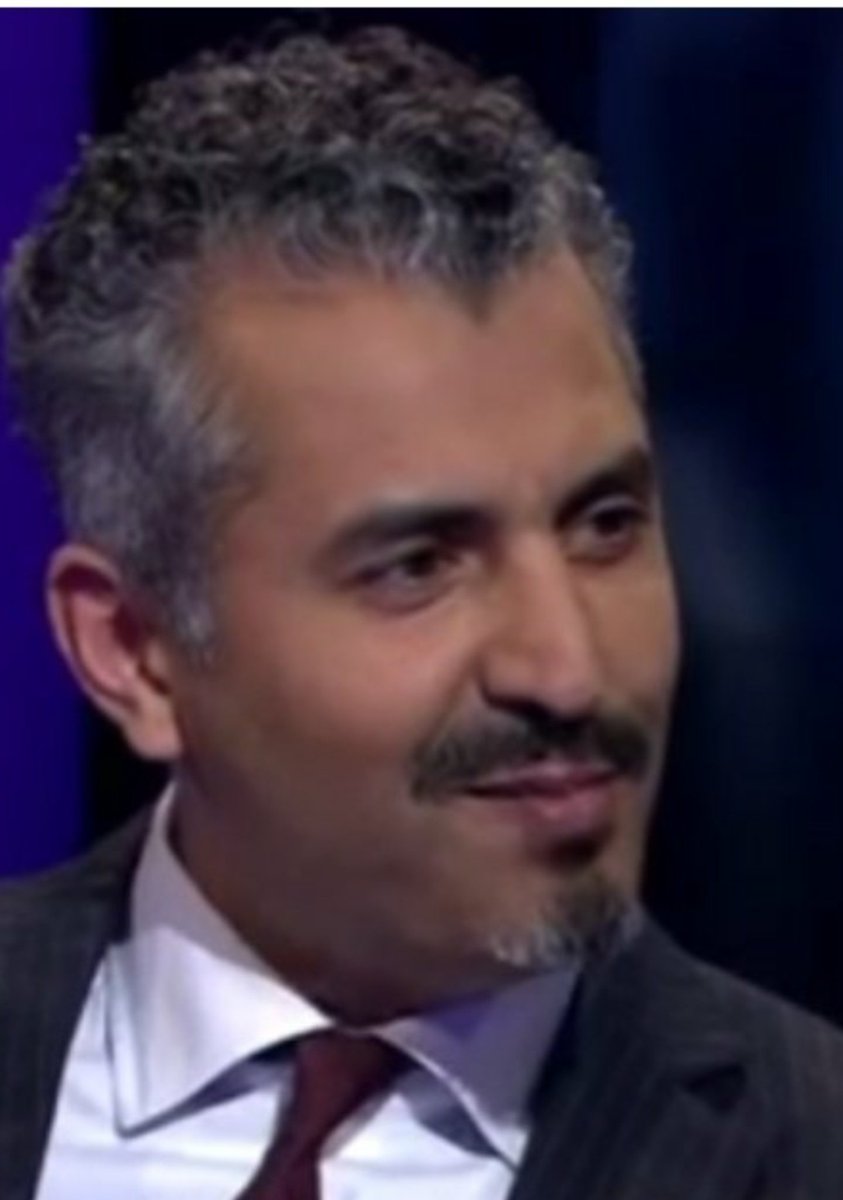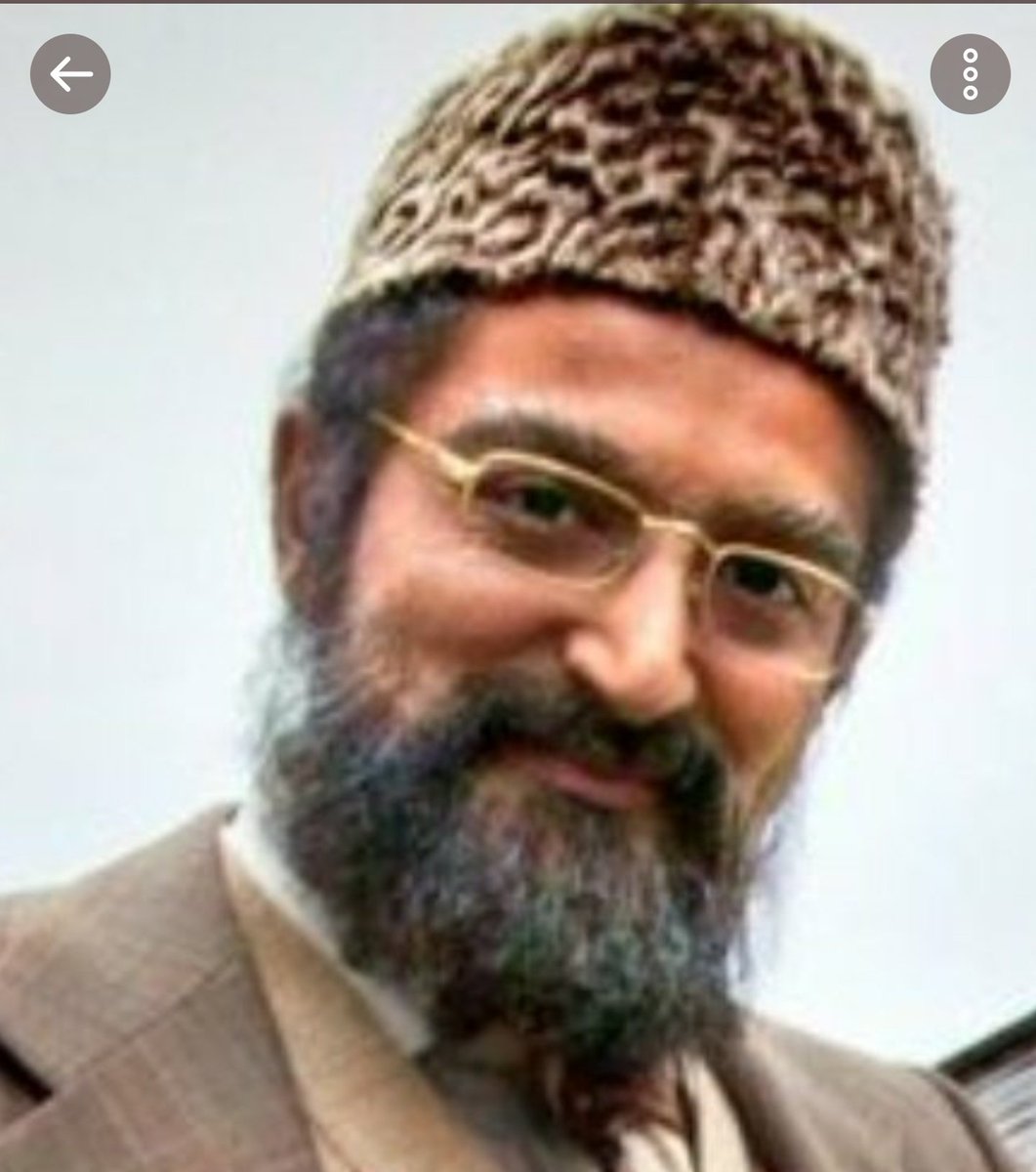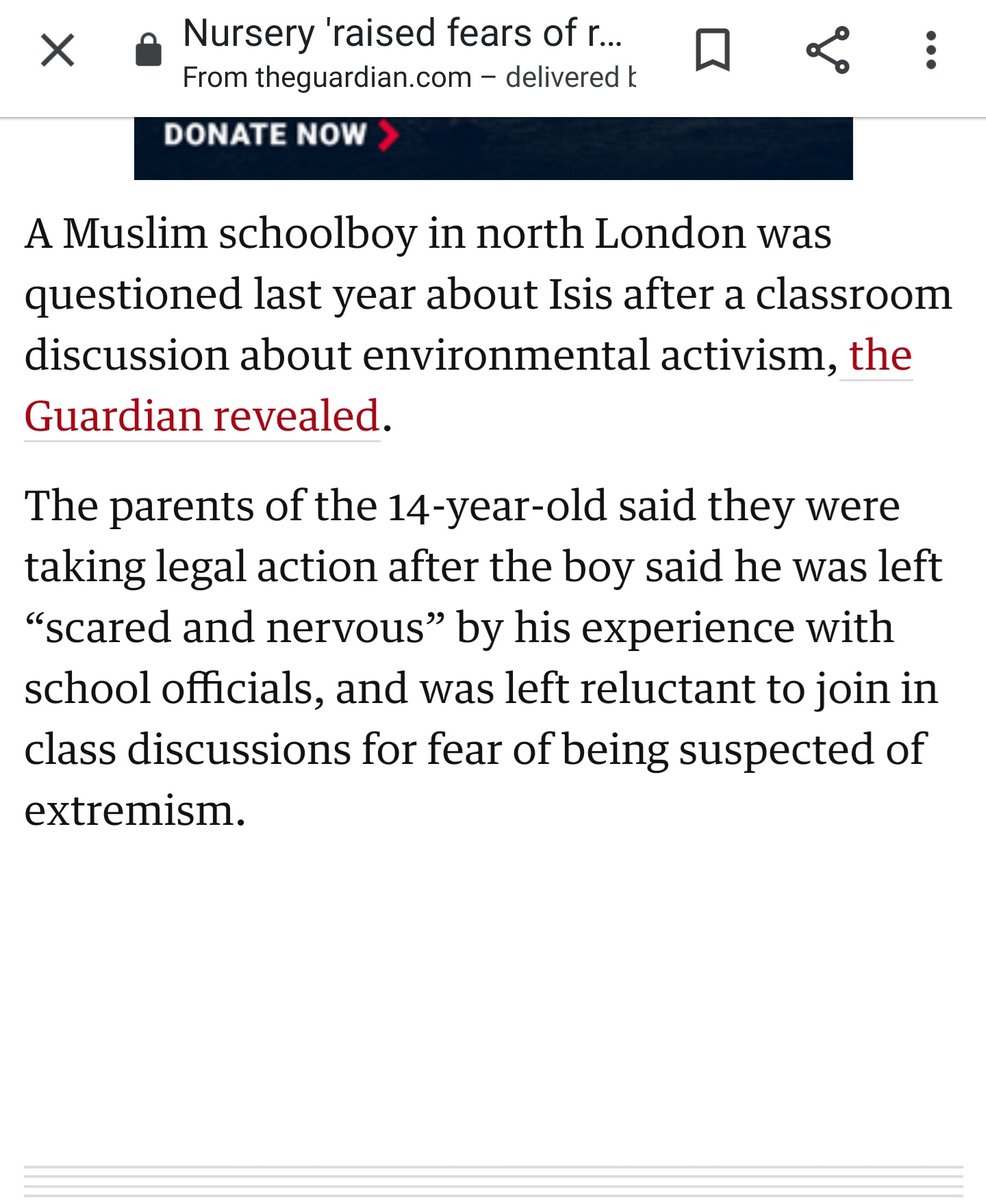
Journalist and commentator Mehdi Hasan recently went on MSNBC to argue that, for white mass shooters, the question is “always, was he mentally ill, deranged, loner,” while a Muslim shooter is always “a terrorist fueled by ideology."
justsecurity.org/63499/how-news…
justsecurity.org/63499/how-news…
To truly measure & understand variations in media coverage of terrorism, we need two things: a clear set of cases to study and a clear set of media sources to consider. As researchers, we rely on incident-level terrorism datasets that are systemic and unbiased –
are systemic and unbiased – such as the Global Terrorism Database – to identify which attacks to study. We then consider all media coverage of those incidents from a specific news outlet or set of news outlets.
First, what do we know about the quantity of news coverage that different terrorist attacks receive? Studies have shown that New York Times coverage of U.S.-based terrorism, both pre– and post-9/11, sensationalizes some attacks while largely ignoring others.
Looking at print coverage of U.S.-based terrorism more broadly, a study co-authored by one of us in January, shows that Muslim-perpetrated attacks receive, on average, 4.5 times more coverage than attacks by non-Muslims.
In this study, the researchers examined media coverage of the 136 terrorist attacks in the United States—as identified in the Global Terrorism Database—between 2006 and 2015.
They searched for print-media coverage of these attacks through Lexis Nexis Academic and CNN.com.
Results show that a number of factors, including a perpetrator’s religion but also the number of fatalities, whether or not the perpetrator is arrested,
Results show that a number of factors, including a perpetrator’s religion but also the number of fatalities, whether or not the perpetrator is arrested,
whether or not the perpetrator is arrested, and the target type, all influence how much media coverage a particular attack receives.
study of 146 network and cable news programs between 2008 and 2012 found that 81 percent of terrorism suspects that were subjects of news reporting were Muslim, far greater than the percentage of terrorist attacks in the U.S. 
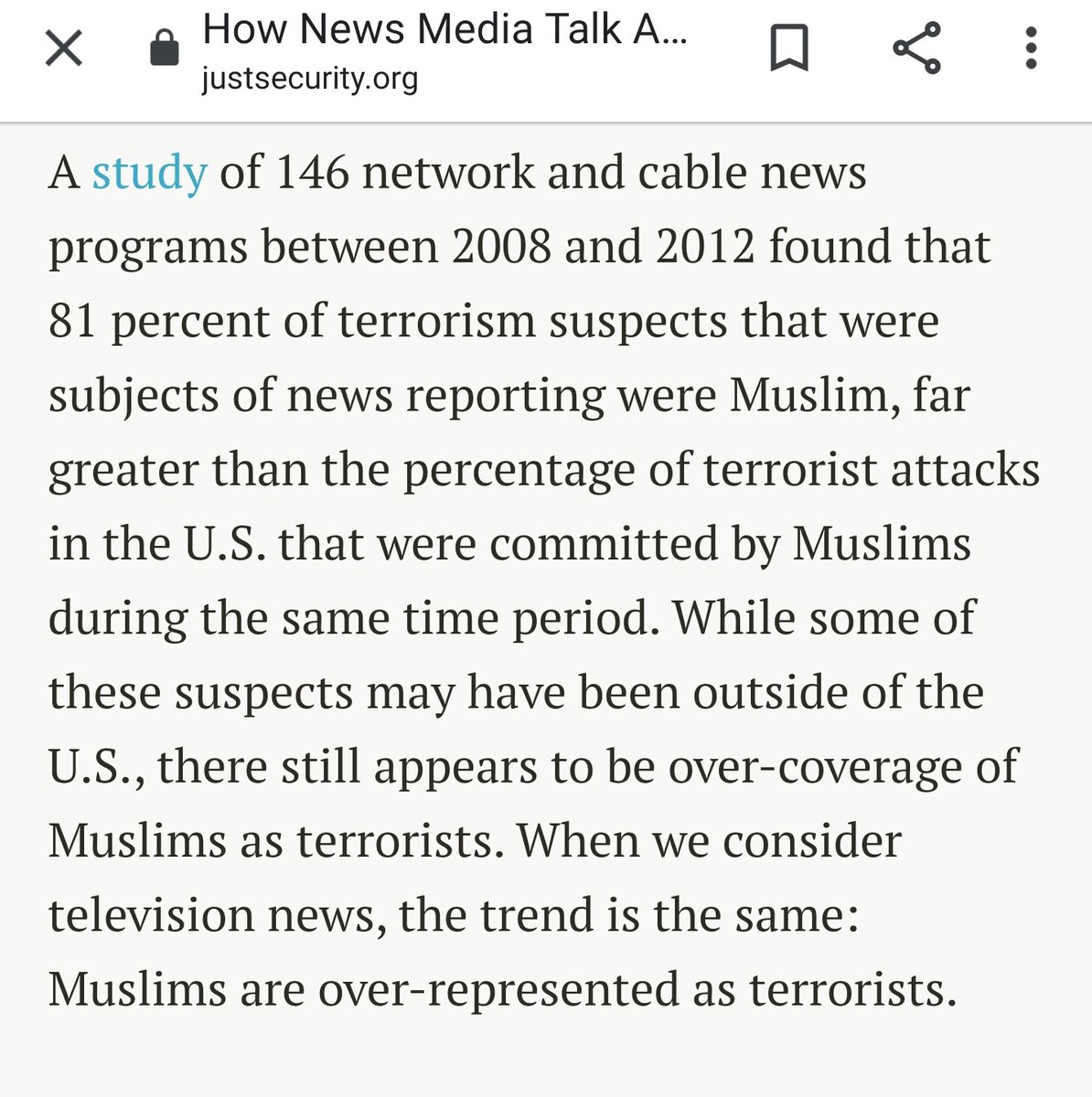
Second, what do we know about the differences in how media cover terrorism? For one, how media frames an incident – whether “terrorism” or some form of mental illness — may be differentially applied based on the perpetrator’s religion
Contrary to journalist Hasan’s argument, Robin Simcox of the Heritage Foundation and Rukmini Callimachi of the New York Times provided examples of discussions of mental illness in Muslim attackers.
As researchers, though, we think in probabilities, meaning what is more or less likely. So “always” or “never” are generally not useful terms for examining these trends. Similarly, a few counter-examples do not mean that no such bias in coverage exists.
To date, two studies have examined differences in how media use the “terrorism” or “mental illness” frames to describe extremist violence. A 2011 study of media coverage for 11 U.S.-based attacks between November 2001 and December 2009 suggests that Muslim perpetrators tend to be
suggests that Muslim perpetrators tend to be portrayed as linked to al-Qaeda and motivated by a holy war against the U.S. In contrast, non-Muslim U.S. citizens are more likely to be described as mentally unstable and coming from families that do not support such violence.
Similarly, a comparison of media coverage of Dylann Roof after his 2015 assault on a historically African-American church in Charleston, South Carolina, and Omar Mateen’s Orlando shooting shows that mental health was discussed roughly three times more in coverage of Roof,
shows that mental health was discussed roughly three times more in coverage of Roof, whereas terrorism or the term “terrorist” was mentioned roughly three times more in coverage of Mateen.
• • •
Missing some Tweet in this thread? You can try to
force a refresh

